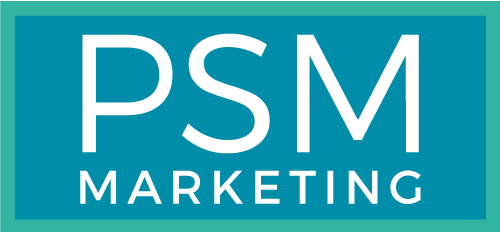The topic of developing your personal marketing plan for 2015 will be a two-part series; the first of which you are reading now. The next article will focus on how to set measurable objectives and implement your plan. If you follow practice assessment and planning process this month and next, you will be ready to take your practice to the next level. Before you even set fingers to keyboard, make a commitment that your New Year’s resolution to develop and implement a marketing plan is one you will stick with throughout 2015.
Phase I – Practice Assessment
You would never develop a case strategy without significant discovery, nor would you create a strategy for a deal without performing due diligence. Apply the same concept to your marketing plan. Create your 2014 Marketing Assessment and record the following:
- What Worked – What worked well for you (and what didn’t) in marketing your practice in 2014? Be specific. Identify dollar amounts spent and time incurred for each activity
- Dollars in the Door – How much revenue did you personally generate? Of that number identify work you did versus work you delegated to others. The longer you have been practicing law, the higher your new business originations should be.
- Revenue Forecasting – How much revenue do you want to generate in 2015? Pick a number. Then, create a grid and list your clients down the left column, with the following years across the top: 2013, 2014, and 2015 (goal). Then fill the grid with the revenue you generated per client each year. When you arrive at 2015, project the revenue that will carry over from last year. When you subtract your projected 2015 revenue from your 2015 revenue goal, you will have your new business development goal.
- What did you Spend on Marketing in 2014? – Go back through your financial records and determine exactly what you spent on marketing-related activities this year. Include items like your website, advertising expenses, trade association dues, meals and client entertainment, printing, graphic design, subscription services, directory listings, events, sponsorships, and any other expense you incurred that supported your marketing efforts in 2014.
- Top Contacts – Create a list of your very best contacts by identifying your top ten current clients, prospective clients and referral sources. This list of 30 people will create the foundation for your 2015 marketing plan.
- Your Niche: Why Clients Hire You – In what areas do you have the highest level of expertise? Why do your clients hire you? Why do referral sources refer you? What are you known for in the marketplace? Answer these questions to better understand what makes you unique. It is your unique points of difference – those areas you bring exceptional knowledge and value to clients – that will be the “easiest” for you to expand in 2015.
- What your Best Clients and Referral Sources have in Common – Step back and identify the traits and characteristics of your best clients and referral sources. Consider their engagement and responsiveness working with you, how they value your expertise, the legal services that best demonstrate your niche, the industries attracting your best clients or referral sources, the type of legal work that enhances your job satisfaction. If you are proactively marketing for new business in 2015, let’s focus on what you enjoy most.
- Future Trends – Take time to stay on top of the business and economic trends affecting your practice. What are some of the trends you are seeing and what are the implications of those trends on your practice? Remember when the real estate market crashed leaving many real estate lawyers with no clients to serve? The goal is to follow trends closely enough that you can always “reinvent” your practice area if you need to.
- Identify your Target Audiences – From the analysis above, determine the audiences around which you will build your marketing plan including:
- Referring professionals like CPAs, financial advisors, family therapists, bankers, other lawyers
- Industry or business groups including manufacturing, health care, entrepreneurs, women business owners
- Social media contacts including your LinkedIn contacts, group members on LinkedIn, followers on Facebook, Twitter, YouTube, and other social media sites on which you are active
- Traditional media contacts including editors, producers, and reporters covering topics related to your practice. Seek these people out. They want to talk with you, interview you, and gain a fresh perspective on stories they cover
- Develop your Key Messages – Review your responses above related to your niche area(s) of expertise. For each audience you identified above, you will want to create a key message surrounding why your target audience would want to hire you or refer business to you.
- Your Quality of Life – You are practicing law for many reasons. Because the law is your chosen profession, make sure you are enjoying the life you are working so hard to build. Consider what your quality of life was like in 2014. Did you work too much, not enough? Were you able to enjoy time off with your friends and family? Think about what you want your life to look like not just next year, but in five years. Where would you like to be in 2020? Think about important concepts like your financial goals, travel, your practice, your family, health and wellness, your role with your parents. For each of these areas, create five or six statements of what you would like to have achieved in five years.
This level of analysis will position you to move into the next phase: developing marketing objectives and creating an action plan for your efforts in 2015. The more time you spend analyzing your practice in 2014, the clearer and more concrete your marketing and new business development plan will be moving forward. Watch for next month’s article on Phase II – Develop your Marketing Plan for 2015.

